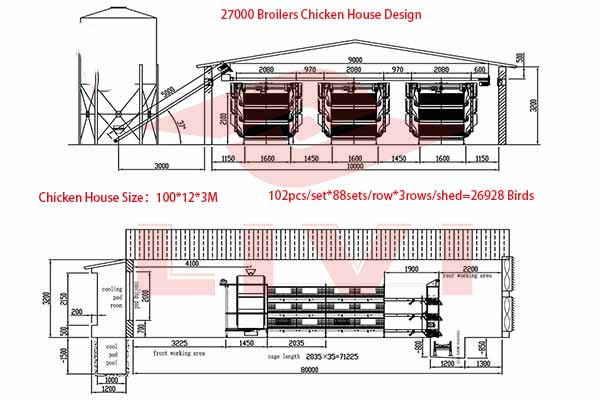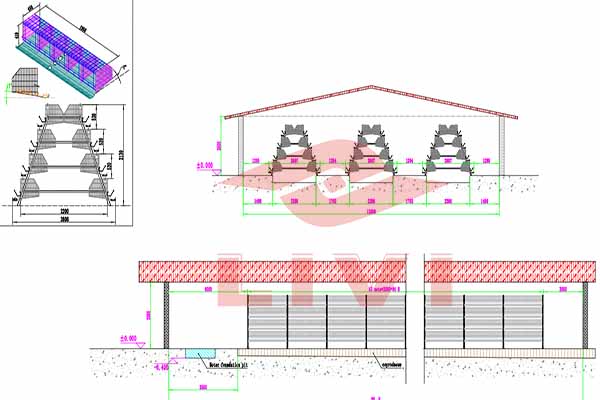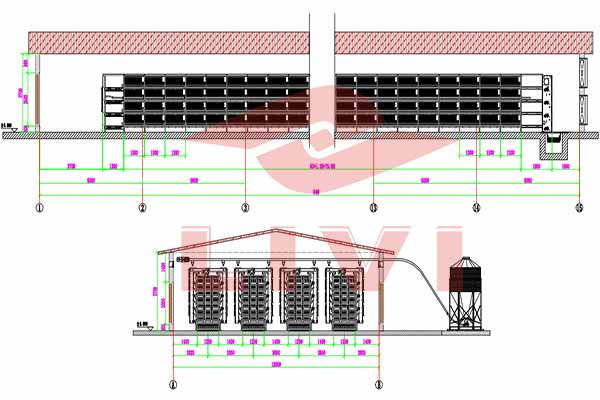Automated Layer Cage Equipment for 180,000 Chickens: A Kenya Solution
Improving efficiency and productivity in the poultry industry is a top priority for any chicken farming business. In Kenya, where the demand for chicken meat continues to rise, investing in high-quality, automated layer cage equipment is crucial. This article explores the benefits and details of setting up an automated layer cage system capable of accommodating up to 180,000 chickens in Kenya.
Benefits of Automated Layer Cage Equipment
- Increased productivity: Automation reduces manual labor, leading to higher production rates.
- Healthier hens: Automated systems maintain optimal conditions for chickens, reducing the risk of diseases.
- Lower costs: Over time, automation can lead to significant cost savings through reduced labor, energy, and medication use.
- Easy monitoring: Real-time data allows for quick responses to any issues, ensuring hens are in top condition.
Designing an Automated Layer Cage System for 180,000 Chickens
For a farm of this scale, the design of the automated layer cage equipment is key. Here are some essential considerations:

- Space allocation: Each layer needs approximately 0.4 square meters of space. Ensure the design accommodates this without overcrowding.
- Air circulation: A well-ventilated system is essential for maintaining a healthy environment.
- Feeding and water systems: Automated systems can deliver feed and water efficiently, minimizing waste.
- Manure management: Proper waste management is crucial for disease prevention and environmental compliance.
- Technology integration: The system should be compatible with modern technology for seamless operation and monitoring.
As an example, a farm with 180,000 chickens would require a layer cage system that covers approximately 72,000 square meters, with a layout that optimizes space and ensures ease of management.
Case Study: Successful Implementation in Kenya
In a recent project in Kenya, a farm manager successfully implemented an automated layer cage system for 180,000 chickens. The results were impressive:
- Increased production rate of 20% compared to traditional systems.
- Reduced mortality rate by 15%.
- Enhanced overall flock health and welfare.
Cost Analysis
The initial investment for an automated layer cage system for 180,000 chickens can range from $1.2 to $1.5 million, depending on the technology and scale of the equipment. However, this investment is quickly offset by the savings in labor, feed, and medication costs over time.
| Cost Component | Estimate ($) |
|---|---|
| Automated Cage System | $1,200,000 – $1,500,000 |
| Operational Savings (5 years) | $500,000 – $600,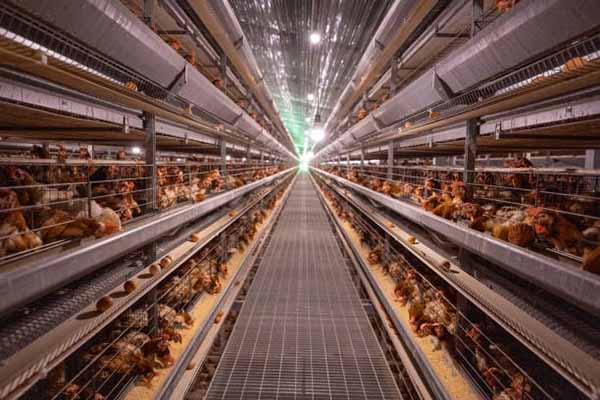 000 000 |
Investing in an automated layer cage system is a wise decision for any poultry farmer looking to enhance their business in Kenya.
Conclusion
Setting up an automated layer cage system for 180,000 chickens in Kenya is a strategic move that promises significant returns on investment. With the right equipment and technology, farmers can improve productivity, health, and efficiency on their farms.
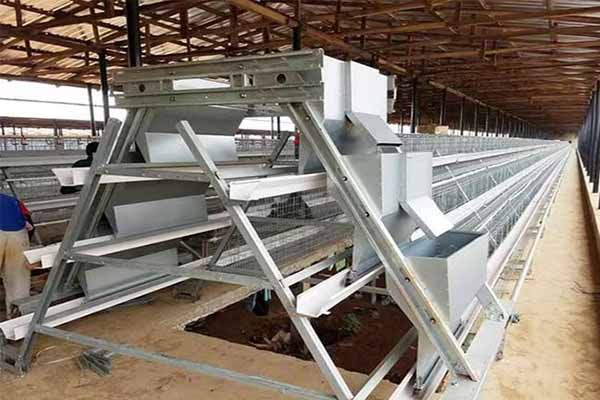
For more information on how Livi Mechanical can assist you in designing and implementing an automated layer cage system for your farm, leave a comment below or contact us today. We offer free chicken farming design solutions and equipment quotations.


